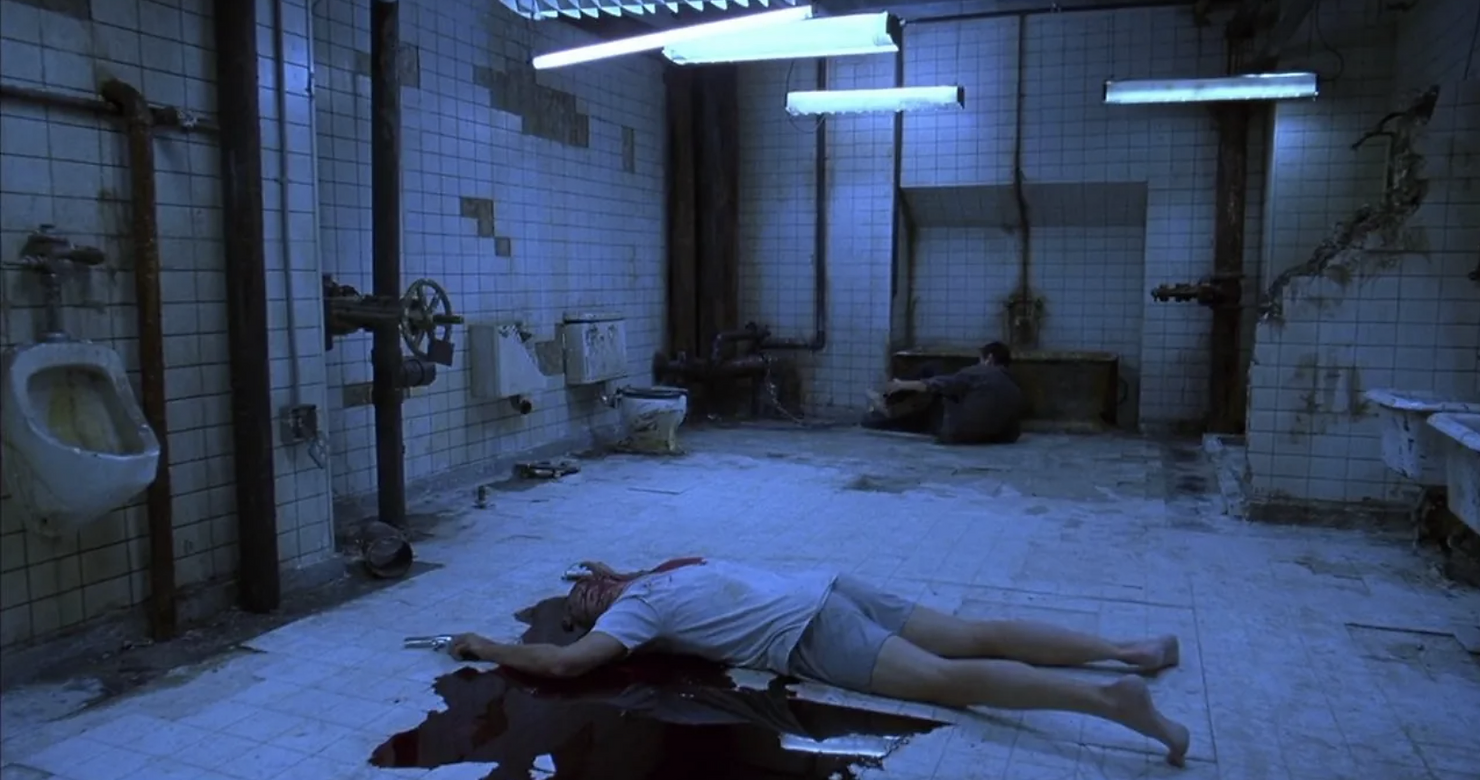These films provide insight into the connections between torture and surveillance in real life, not just in cinema. The rhetoric and tactics that followed the United States’ declaration of a “war on terror” following 9/11 marked a clear indication of the important roles that both surveillance and torture have become in politics. This can be seen through the torturous military action that followed such as the opening of Guantanamo Bay, and the torture and photographs of Abu Ghraib. Ironically, American horror productions very often pose young American tourists as the victim of abuse at the hands of foreigners. Zimmer exemplifies both the movies Hostel and Turistas which depict young adults as victims of kidnap during their vacations abroad. For the most part, these films only operate as a function of perpetrating racist fantasies of American victimization and foreign violence and they fail to recognize the political structure of torture.
Zimmer makes an interesting reference to Giorgio Agamben’s biopolitics and ‘state of exception’ by situation surveillance and torture as synergistic actors in producing zones of indistinction, physical manifestations of the state of exception (see previous blog post for more on this). Within torture porn films, surveillance works as a politicizing agent and creates ‘cinematic “zones of indistinction” in which surveillance is utilized to dehumanize the victims.
Zimmer examines the Saw Franchise as a case study to further explain the relationship between torture and surveillance. Zimmer examines the Saw Franchise as a case study to further explain the relationship between torture and surveillance. The films situate torture as both domestic and personalized in the form of a serial killer "Jigsaw." Each film documents a “game” that Jigsaw makes their victim play– forcing the victims to make life-or-death decisions to save themselves and their loved ones. However, the purpose of the “games” is not one of pure disgust. The games are used to teach the victims moral and ethical lessons. Jigsaw selects each victim because he thinks that they committed some kind of moral sin such as cheating or greed. This opens the door to a very interesting and real discussion. It parallels the use of violence and torture within militaries as a means of "civilizing" and "moralizing" people. In the tortures within the Abu Ghrab Prison, one of the primary means of torture was sodomy, and forcing men to have homosexual intercourse with one another. While this is something that is already completely immoral and disturbing, it also can be seen as a form of "moralizing" and "civilizing" the tortured. Because the victims of Abu Ghraib were mostly Muslim and most likely not open to homosexuality, the torturers used gay intercourse as a tactic in proving their religion wrong and inferior.

This is a still image from the Jigsaw movie, it very closely resembles the photos we have seen in Abu Ghraib.